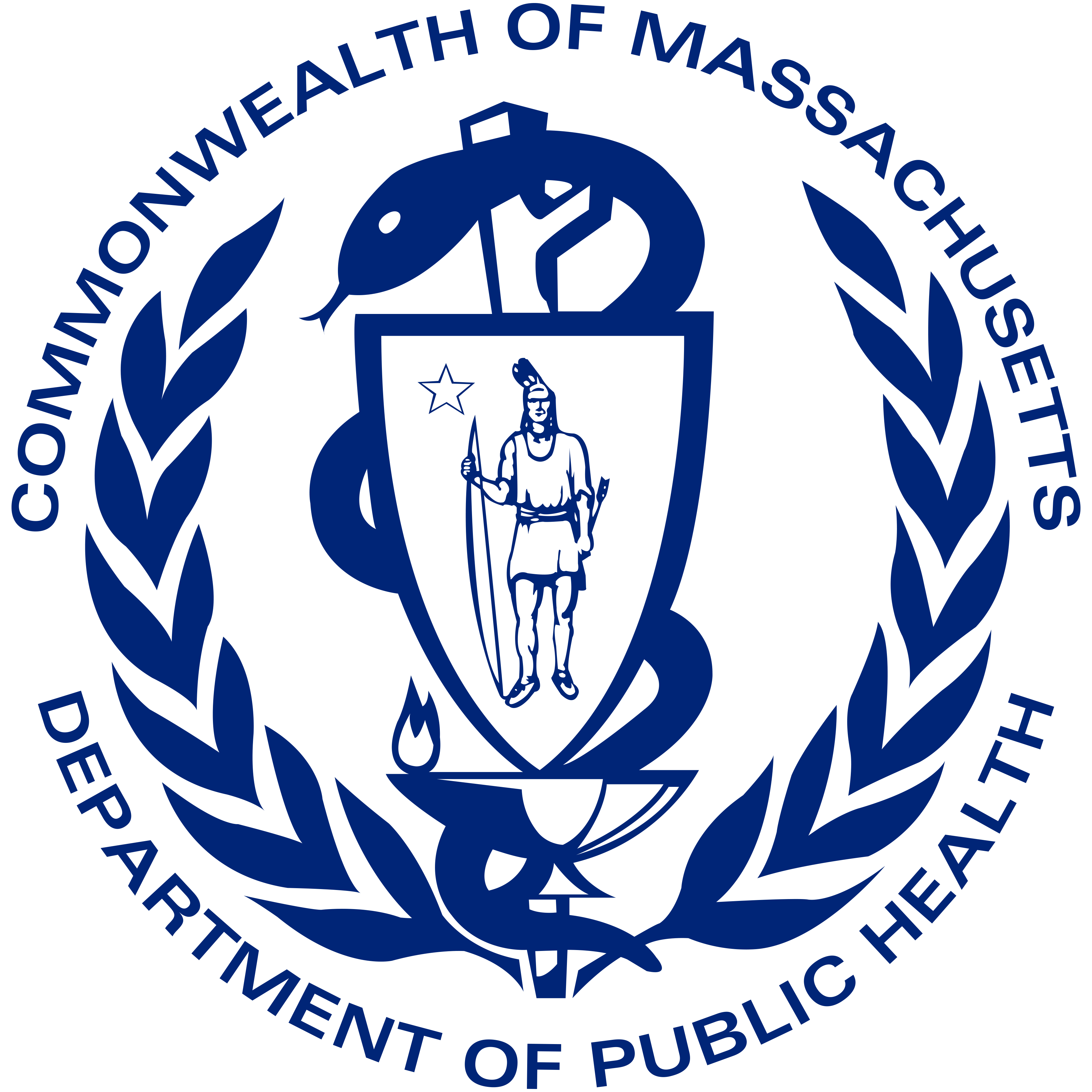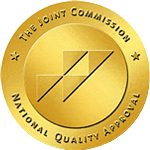As the internet and technology have continued to advance, so have their effects on the world. Healthcare is one major field in which these advancements have had a significant impact. One such way is through the promotion of telehealth. Healthcare appointments, outpatient treatment, and therapy are now available at your finger tips.
The idea of telehealth and virtual outpatient treatment isn’t new, but its wide-scale acceptance is. Before, it was commonly viewed as inferior to in-person visits. However, the COVID-19 pandemic created a need to minimize unnecessary contact between people. That served as the catalyst needed to propel telehealth into the forefront of healthcare. Understanding the differences between in-person outpatient treatment and virtual treatment can help you decide which is right for you. At Gosnold, our Partial Hospitalization Program (PHP) is offered in-person at our Stoughton and Centerville, Massachusetts locations. Our virtual PHP program is available anywhere in Massachusetts.
In-Person Outpatient Treatment
Since its inception, the “standard of care” in mental health and co-occurring treatment has been in-person programming. These programs offer the face-to-face support of your peers and clinical team.
The Partial Hospitalization Program (PHP) is an adult (18+) day treatment service that specializes in mental health and co-occurring (mental health and substance use disorder). The program runs 5 days a week Monday-Friday from 9 a.m. – 2:30 p.m. Patients receive individualized, focused and goal-oriented treatment to help facilitate stabilization of symptoms in a less restrictive, non-inpatient environment. Patients receive intensive group therapy including: Cognitive Behavioral Therapy (CBT), Dialectical Behavior Therapy (DBT), psychoeducation and expressive therapy.
Additionally, patients will meet with a psychiatric prescriber for medication management and a counselor to create an individualized continuing care plan. Gosnold counselors work collaboratively with probation officers, the Department of Children and Families, primary care physicians, primary supports and outpatient providers to ensure successful continuity of care.
Pro: Communication
Non-verbal communication can be informative. Body language and facial expressions often say as much or sometimes even more than your words. This is well exemplified in how emails and text messages are often misinterpreted. Even through a video call, these non-verbal cues can be less noticeable compared to being in the same room as someone.
While this may not be significant in casual interactions, it can make a notable difference in your treatment. Sometimes, the clinician picks up on those non-verbal cues and gains a deeper understanding of what is happening. This is especially true if there is something you are reluctant to share one on one or with the group. Words can be deceiving, but body language is harder to conceal.
Pro: Physical Presence
Physical presence can be comforting and decrease feelings of loneliness. Outpatient sessions can be beneficial, but that doesn’t mean they are easy. Facing and working through past trauma, substance use disorder issues, and complicated feelings can be difficult and exhausting. Doing this in a room with yourself and a phone or computer can feel isolating.
The physical presence of people who genuinely cares and wants to help you can help ease those difficult feelings. Simply having clinicians in the same room can add comfort and connection, dispelling feelings of loneliness. Something about having another living, breathing person in the room with you brings a sense of humanity and belonging to the therapy.
Con: Distance
The distance needed to travel to an outpatient program can be an issue. This will vary depending on where you live. For some, it may not be an inconvenience at all, but for many, it can be a significant obstacle. Those who live in rural communities may need to drive long distances to attend an outpatient program.
Con: Time
Time can be a definite con to in-person outpatient treatment. The amount of time it takes to get ready, leave home, and make the trip to your the outpatient site can be highly variable. If the program isn’t close by, this can add up to hours, especially considering travel to and from the program.
Con: Physical Effort
It isn’t always straightforward for people to go places physically. For a healthy youth, this may not be a significant consideration. However, many who seek outpatient treatment for mental health or co-occurring issues also have concurrent physical ailments. Such health conditions or physical disabilities might make getting out of their home and traveling to an office or clinic arduous. For many people, their mental health or co-occurring condition can also make it challenging to complete the tasks required to get to and from an appointment.
Virtual Outpatient Treatment
A teletherapy or virtual outpatient program (https://telehealth.hhs.gov/providers/telehealth-for-behavioral-health/individual-teletherapy/) session typically mirrors the traditional in-person outpatient treatment. The main difference is that it is done over a video/audio call. As a result, the participants can be far apart if they have an internet connection.
Pro: Accessibility
Virtual outpatient treatment is physically more accessible than in-person programming. With in-person treatment, a lot goes into getting your body from point A to point B. If you have a severe health issue or disability, simple acts like bathing and getting dressed can be exhausting. You might even require help from others for physical assistance.
Conversely, with virtual treatment, all you have to do is join in an audio or video call. This means less travel, exertion, inconvenience, and burden to others who would’ve helped you get there.
Con: Tech Requirements
Some cons of virtual treatment are listed as pros of in-person therapy, such as losing nonverbal communication and physical presence. However, one of the most notable cons of virtual outpatient treatment is that it requires owning and using the hardware and software needed for virtual sessions. Using these also requires an internet connection or phone service.
These can be expensive to obtain, with smartphones and computers costing several hundred dollars on average. Then, after purchasing these items, you must know how to use them. While using this tech is commonplace for many, not everyone has the skills to do so without assistance. Even doing an audio call by cellphone or landline can be difficult for some.
Making a Decision on Treatment









